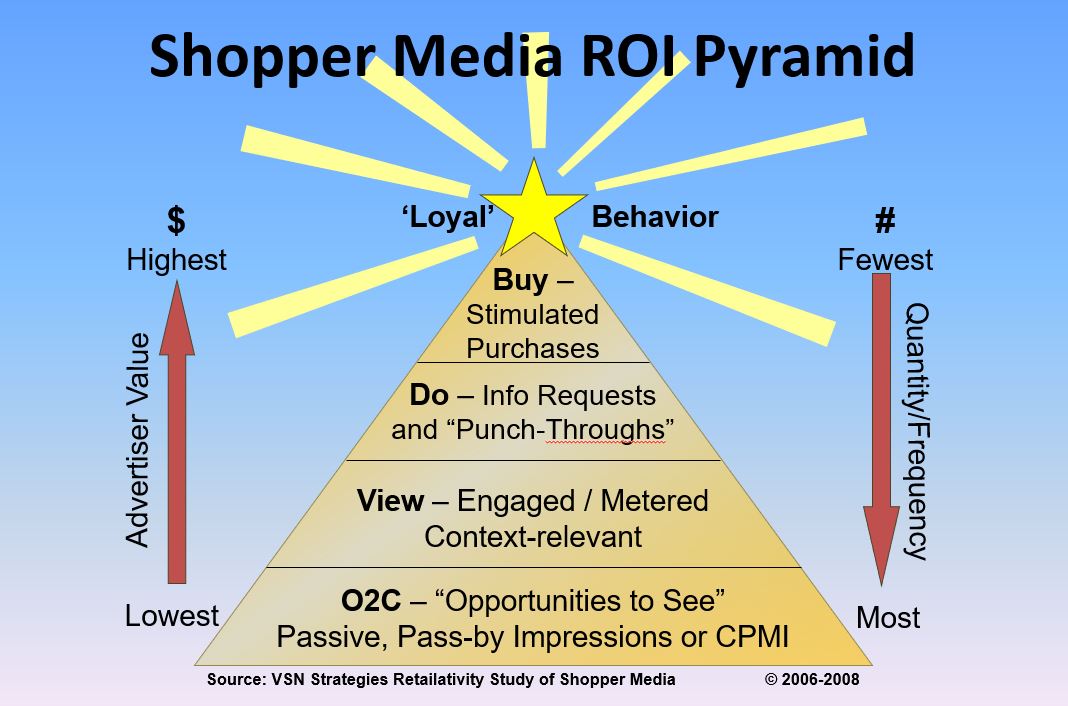 When retailers seek to optimize the shopping experience and understand channel choice, much consideration is given to aspects of convenience. The literature generally breaks this down into two core elements: effort and time. For brick and mortar stores, the goal is to make shopping as easy as possible, and attractively quick, but not so fast that sales opportunities are missed during the shopping trip. In a multichannel environment, the puzzle gets more intricate.
When retailers seek to optimize the shopping experience and understand channel choice, much consideration is given to aspects of convenience. The literature generally breaks this down into two core elements: effort and time. For brick and mortar stores, the goal is to make shopping as easy as possible, and attractively quick, but not so fast that sales opportunities are missed during the shopping trip. In a multichannel environment, the puzzle gets more intricate.
Shopping time covers multiple factors, including hours of operation, travel time, search time, time to check out, delivery time, and time to return. So time-saving convenience is highly conditional:
- A mother will drive across town to a 24-hour drug store at midnight when she has a sick child, but she may leave a convenience store when faced with a long checkout line during the morning coffee rush.
- An electronics shopper may spend hours researching flat screen TV prices online but grow impatient when forced to wait 10 minutes for sales help at the local electronics superstore.
- A discount store shopper may watch TV at home four hours a day, but will attend to an in-store digital screen for exactly eight seconds before moving on to the next purchase task.
- An online shopper will gladly wait three days for free delivery of a purchase from a multi-channel retailer, but grow agitated waiting five minutes to return the same item at a local branch store.
These examples are illustrations of what I observe to be six dimensions of shopping time. The academic literature generally identifies four of these:
1) Time to access (i.e. to reach the store or shopping site)
2) Time to search (i.e. to identify and select product to buy)
3) Time to transact (i.e. to complete the purchase transaction)
4) Time to possess (i.e. to physically obtain the purchased merchandise)
This classification may not reflect a complete picture of the influence of time on consumers’ retail channel choices however. I would add two additional time elements to the list:
5) Time of operation (i.e. days and hours that the retailer may be patronized)
6) Time of return (i.e. to return an item for refund or credit).
Considering these time factors is especially important as we reason about the choices shoppers make between options in a multichannel environment. It takes minutes to find and order a book on Amazon.com – even at midnight – versus an hour or more to stop by Borders during business hours and search the shelves, but the Borders shopper may leave with the book in hand, while the Amazon.com shopper waits days for delivery. Which is more convenient? Well, it depends…what did the shopper need most at that moment?
Leading multichannel retailers give deep thought to understanding this complex of time-saving behaviors. The best evidence that I’ve seen is the growth of “order online, pick up in store” service offerings at some consumer electronics retailers. Instant gratification is still a motivation, but shoppers like the protection from stress that comes with pre-shopping on line in the calm safety of the family den.
Shoppers’ time-related behaviors, I think, are relatively independent of current economic conditions. In general they will choose the options that suit their need states of the moment. At the same time, we may observe that some shoppers will devote more time and effort to planned shopping trips by clipping coupons, preparing lists, and advance online price comparisons, especially as retailers continue to make these activities as time-efficient and easy as possible.
But the general rule (and its inverse) still applies in retailing: Time is more valuable than money for shoppers who have more money than time.

 The In-Store Implementation Sharegroup is expanding membership and redefining its mission. The decision follows the overwhelming response to the April 2008 release of the Working Paper, In-Store Implementation: Current Status and Future Solutions. To date, the group has received more than 600 inquiries and dozens of membership requests.
The In-Store Implementation Sharegroup is expanding membership and redefining its mission. The decision follows the overwhelming response to the April 2008 release of the Working Paper, In-Store Implementation: Current Status and Future Solutions. To date, the group has received more than 600 inquiries and dozens of membership requests.
